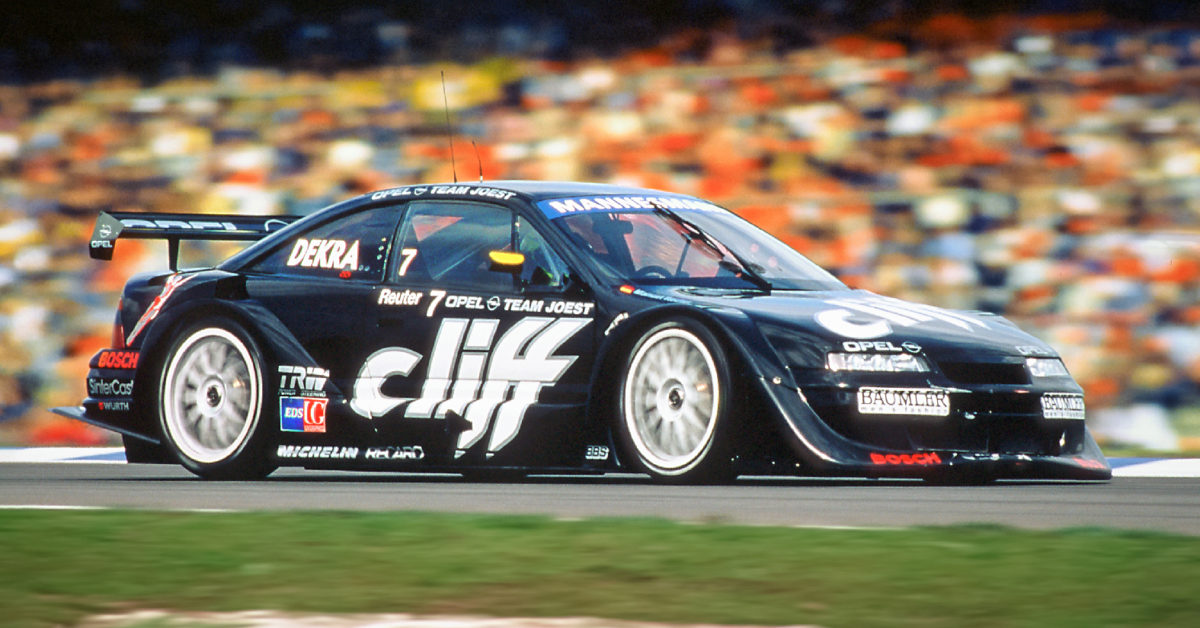
– Volker Strycek –
Mr Strycek, two years ago the film “Le Mans 66” was a surprise box-office success. It’s about a chapter of American motorsport history, Ford versus Ferrari, the underdog prevails against the overpowering competition from Europe – does that remind you of anything?
Oh yes, I have seen the film. When motorsport is staged in such a gripping way, of course I watch it. And the way the Ford GT40 stood up to the seemingly overpowering Ferrari cars and ultimately outclassed them – that really reminded me of our legendary 1996 season. That’s when we celebrated the greatest circuit success in our history in the International Touring Car Championship (ITC) by winning the manufacturers‘ and drivers‘ championships – against fierce competition from Alfa Romeo and Mercedes
What is your most defining memory of that season 25 years ago?
The unbelievable atmosphere: like when the Calibra V6 4×4s came roaring into the packed Motodrom at almost 300 km/h during the races at the Hockenheimring, the spectators jumped from their seats, cheering and applauding: that was pure emotion! Those are moments you never forget. In general, our fans back then – no one had fans like Opel. And the fact that, like in the Hollywood epic “Le Mans 66“, the first three cars to cross the finish line were from the same brand – we also experienced that in the 1996 season.
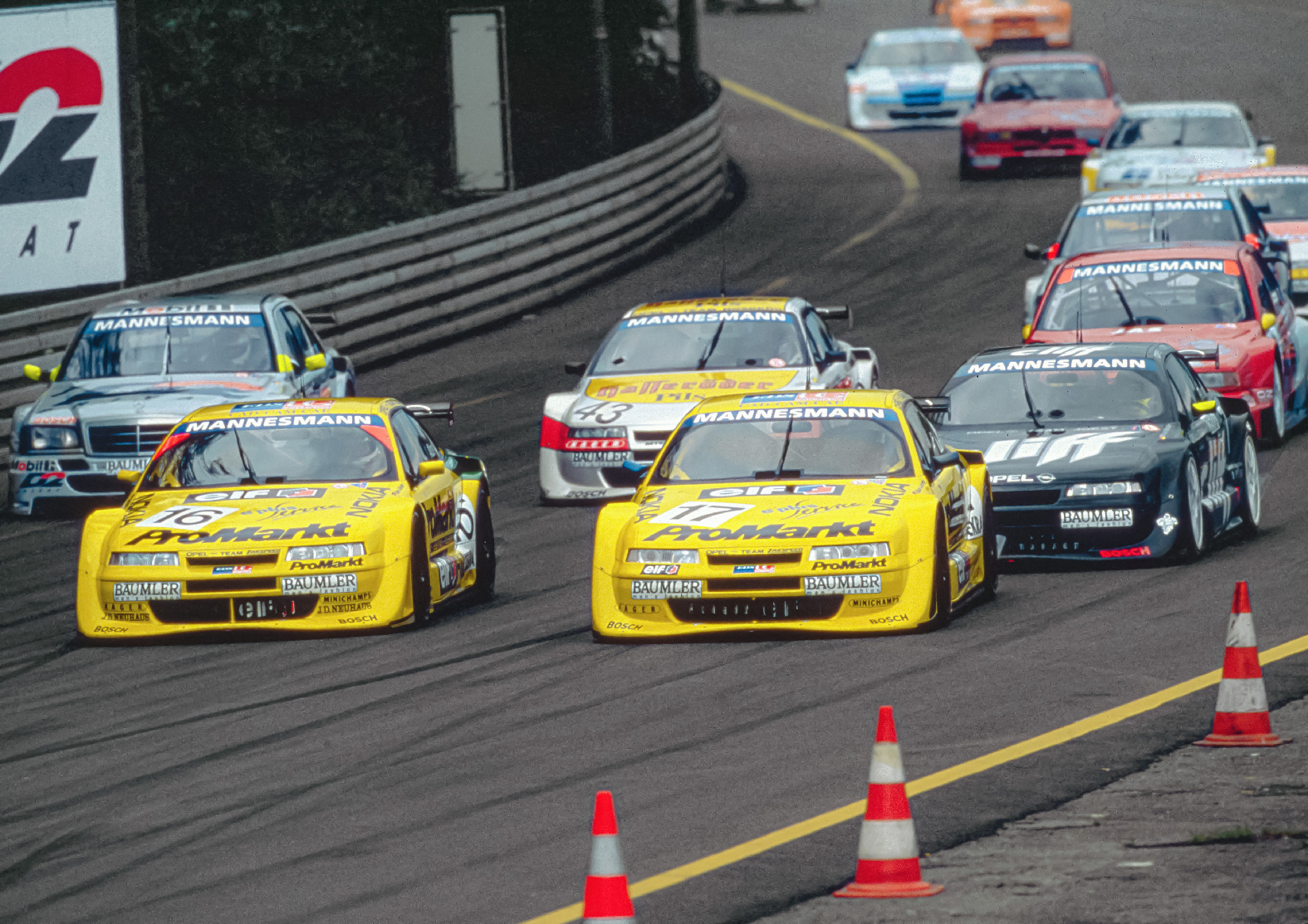
Formula 1 with a roof
The 1996 season offered racing at its finest: with the blessing of the FIA, the German DTM had become the International Touring Car Championship ITC.
The races took place from Hockenheim in Germany to Sao Paulo in Brazil. They were broadcast live on television and every race sent fans into a frenzy – with famous drivers and thrilling overtaking manoeuvres.
At the end of the season, Opel celebrated the biggest success in its racing history by winning the championships for both drivers and makes. The 1996 touring car champions were the Opel Calibra V6 4×4 and Manuel Reuter.
Which race was that?
In Helsinki, on June 9. It was the fourth race of the ITC, the first of two races on that day. Hans-Joachim Stuck was the first to speed past the chequered flag, then Manuel Reuter, and finally Klaus Ludwig. All three in the Calibra V6 4×4. It was not our first victory that season, Manuel Reuter had already won at the Nürburgring and the Hockenheimring in his “Cliff” Calibra. And it was not the last either. But one of the best. Especially the night before the podium sweep is seared into my memory.
Why is that?
Manuel Reuter had hit a wall with his Calibra during practice. We had one night to rebuild the car almost completely so that it could take part in the race. That was a huge team effort. Fortunately, we didn’t necessarily feel like we had to work through the night. It was June, it doesn’t get dark that far up north in Helsinki.
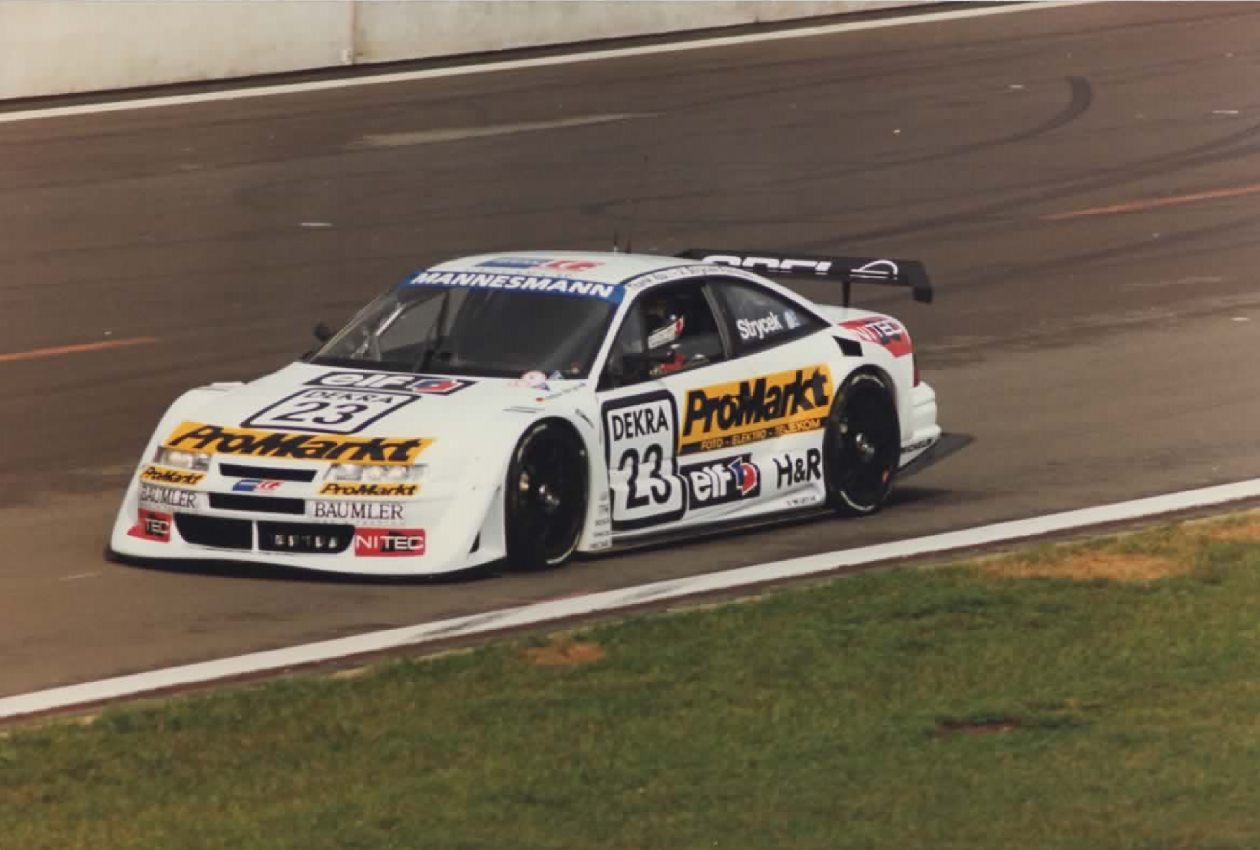
Spontaneous assignment: At the Mugello Circuit in Italy, Volker Strycek stood in for Klaus Ludwig from the Zakspeed team.
“The fans in general – no one had such enthusiastic fans as Opel.”
As ITC project manager, you were on site at all 13 race weekends, but you also were and are a passionate racer yourself. Did you suffer from not being able to sit behind the wheel yourself?
I did almost all the test drives with the racing machines, so I got my money’s worth. And twice I did actually get behind the wheel, both times quite spontaneously. Before the second race weekend at the Nürburgring, Wolfgang-Peter Flohr (Editor’s note: Opel Motorsport Director at the time) came to me and said: ‚Strycek, you’re driving, for the fans and for us‘. And at the Mugello Circuit in Italy, I had to stand in at short notice for Klaus Ludwig in the Zakspeed team, who had fallen ill. Those were great experiences – and a thank you for the countless development test drives I had under my belt.
How did the Calibra V6 4×4 come to utterly dominate the ITC in 1996? In the years before that, it was mainly an also-ran…
We had used the two previous seasons to gain experience and knowledge and to gradually perfect the vehicle. In 1996, we’d gotten there, the time had come. We reaped the fruits of the work that had begun in 1993.
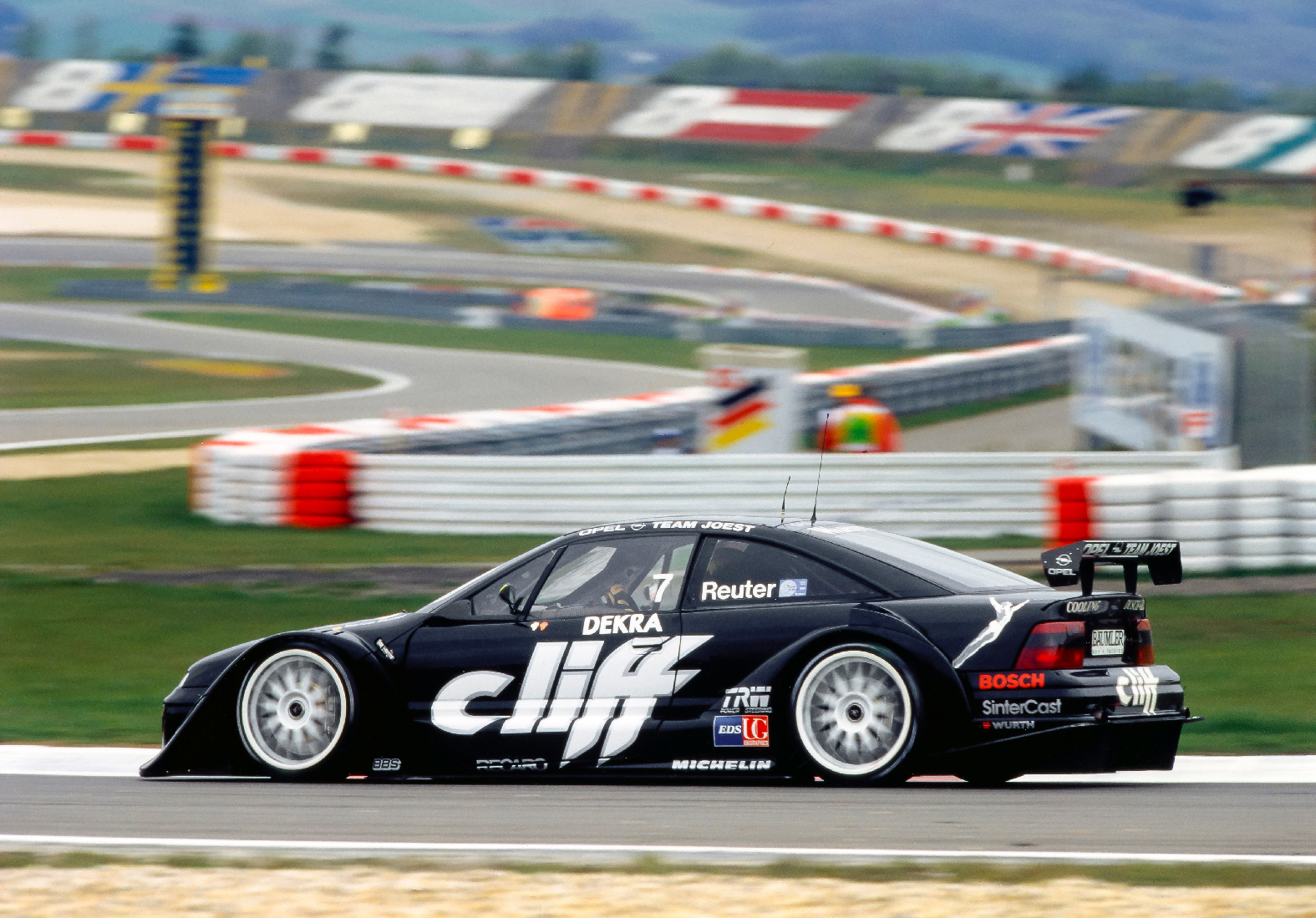
High-tech coupé in black and white: The works teams Joest (photo), Rosberg and Zakspeed were on the grid for Opel in the international series.
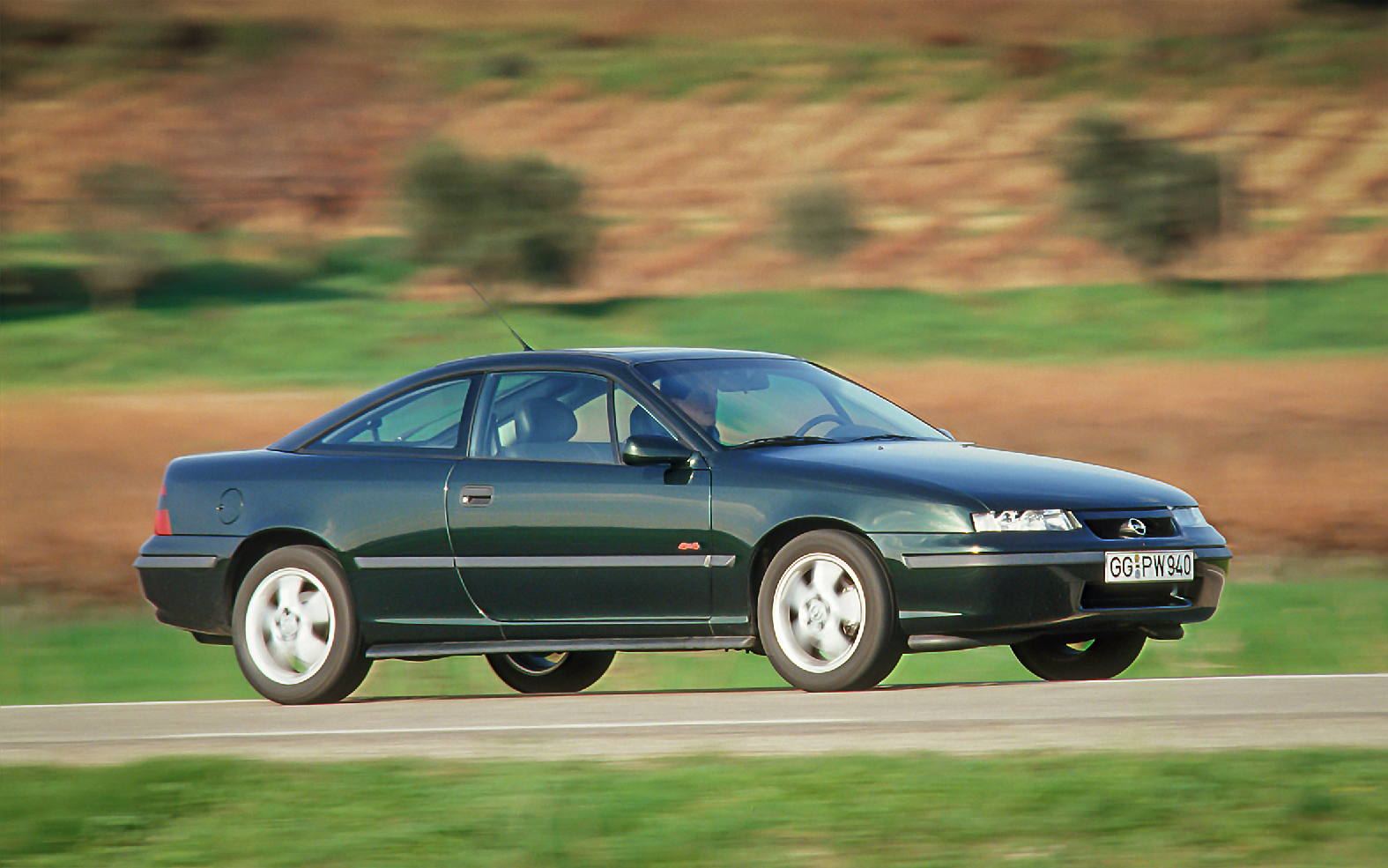
The series production basis: The Calibra Turbo 4×4 with a 2.0-litre 16V engine – recognisable from the double-pipe exhaust and the 16-inch wheels, which were fitted with Senator B brakes. 204 hp had to be handled, maximum speed was 245 km/h.
Before the 1993 season, the DTM regulations had been changed, the so-called Class 1 was introduced…
Exactly, this allowed us to move much further away from our production models in the development of our racing versions than was the case before. We decided to make the Calibra the DTM car instead of the Omega. We took the body from the production model and changed it only slightly. Under that, we built a completely new racing machine.
Can you briefly describe what that looked like?
At the heart of the car was the 500 hp 2.5 litre power unit based on the production engine from the Opel Monterey, which came from the renowned British engine manufacturer Cosworth Engineering. By changing the bank angle from 54 to 75 degrees, we made it wider, thus ensuring a lower centre of gravity and better roadholding, we adapted all other components accordingly, and we also redesigned the drivetrain. The driver shifted gears of the hydraulically operated, six-speed, semi-automatic transmission either via paddles behind the steering wheel or by pressing a button, which enabled faster gear changes. Another hydraulic system varied the pressures in the differential locks with computer assistance. And we improved the aerodynamics.
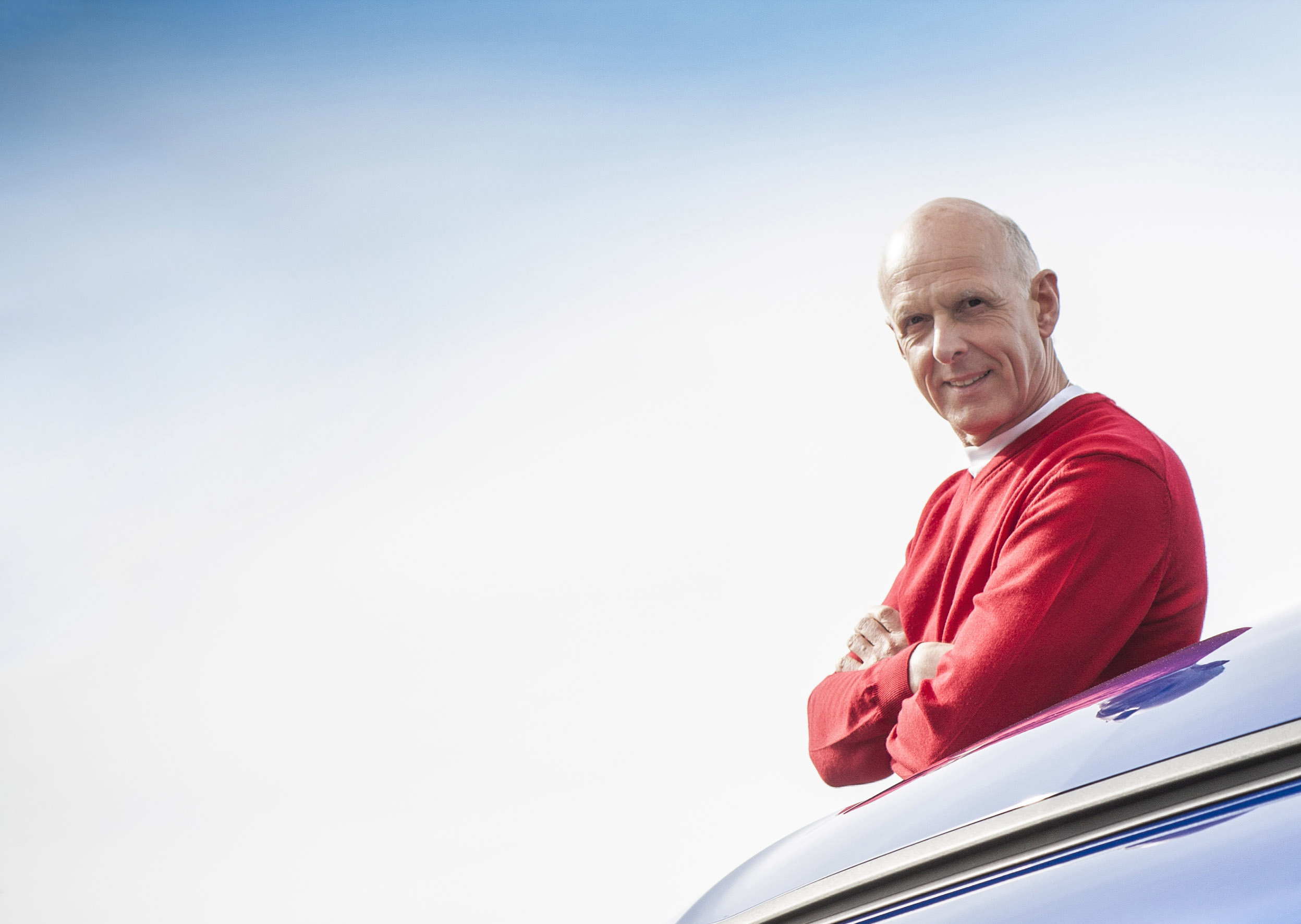
VOLKER STRYCEK
Volker Strycek was ITC project manager in 1996. The following year he succeeded Wolfgang-Peter Flohr as Opel Motorsport Director, later becoming Director of the Opel Performance Centre (OPC) – and taking on many more tasks. And yet he always remained a “racer” himself. Among others, Volker Strycek celebrated more than 130 class victories in the race series of the Veranstaltergemeinschaft Langstreckenmeisterschaft Nürburgring VLN (Association of Nürburgring Endurance Cup Organisers). He won his first DTM title in 1984, and what he considers his most special one at the 24-hour race at the Nürburgring in 2003, together with Manuel Reuter, Timo Schneider and Marcel Tiemann in an Astra V8 Coupé.
Last year, Volker Strycek officially took his “early retirement” as OPC boss, but that designation is misleading in this case. He continues to hold his positions as Sportpräsident of the Automobile Club of Germany (AvD) and technical director of the VLN racing series, and he is still available to his Opel colleagues for advice and support. The Opel POST also reached him not at his home in Runkel-Dehrn, but at his office in Rüsselsheim.
What adjustments did you make? The production Calibra was already a „Cd world champion” ….
At the beginning of the 1996 season, we improved the aerodynamics by another 28 per cent compared to the 1995 racing version. We achieved this mainly with a perfectly smooth underbody. The large diffuser at the rear increased the speed of the airflow under the car. To fine-tune this, we needed over 200 wind tunnel hours at the Research Institute for Automotive Engineering and Vehicle Engines in Stuttgart. By the way, a Calibra 1:5 scale model in the institute is still a reminder of our work back then.
With so much development effort, it’s no wonder that ITC was also called the “Formula 1 with a roof” back then…
I would even say that in terms of technology, electronics and control elements, we were more advanced than Formula 1 at that time. However, our innovative spirit had its price, as not only we but also our competitors soon discovered. This ITC was simply too expensive a pleasure. That’s why it was discontinued after our successful season in 1996.
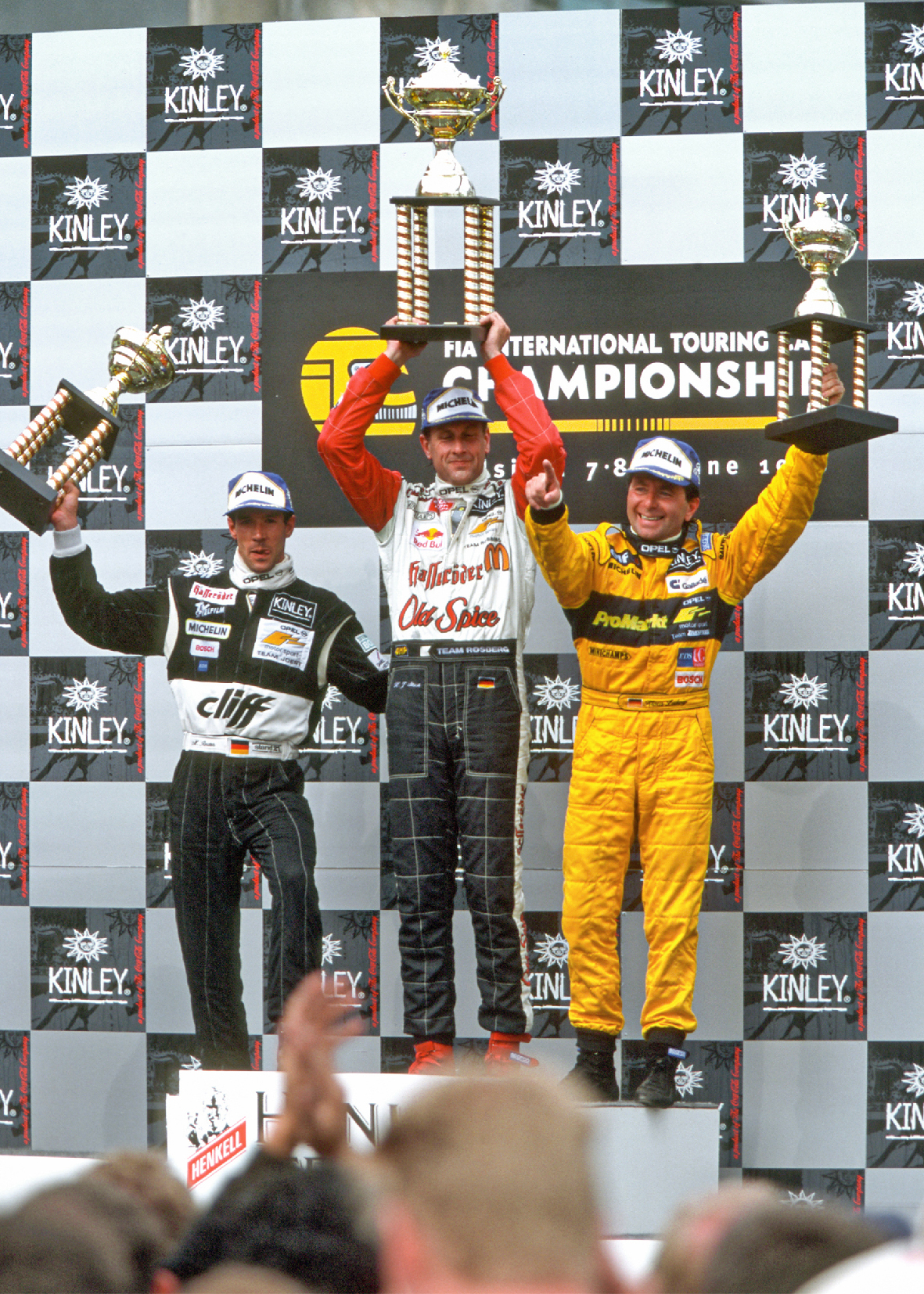
Podium sweep in Helsinki: Manuel Reuter, Hans Joachim Stuck and Klaus Ludwig celebrate their 1-2-3 finish.
“Especially the night before the podium sweep is seared into my memory.”
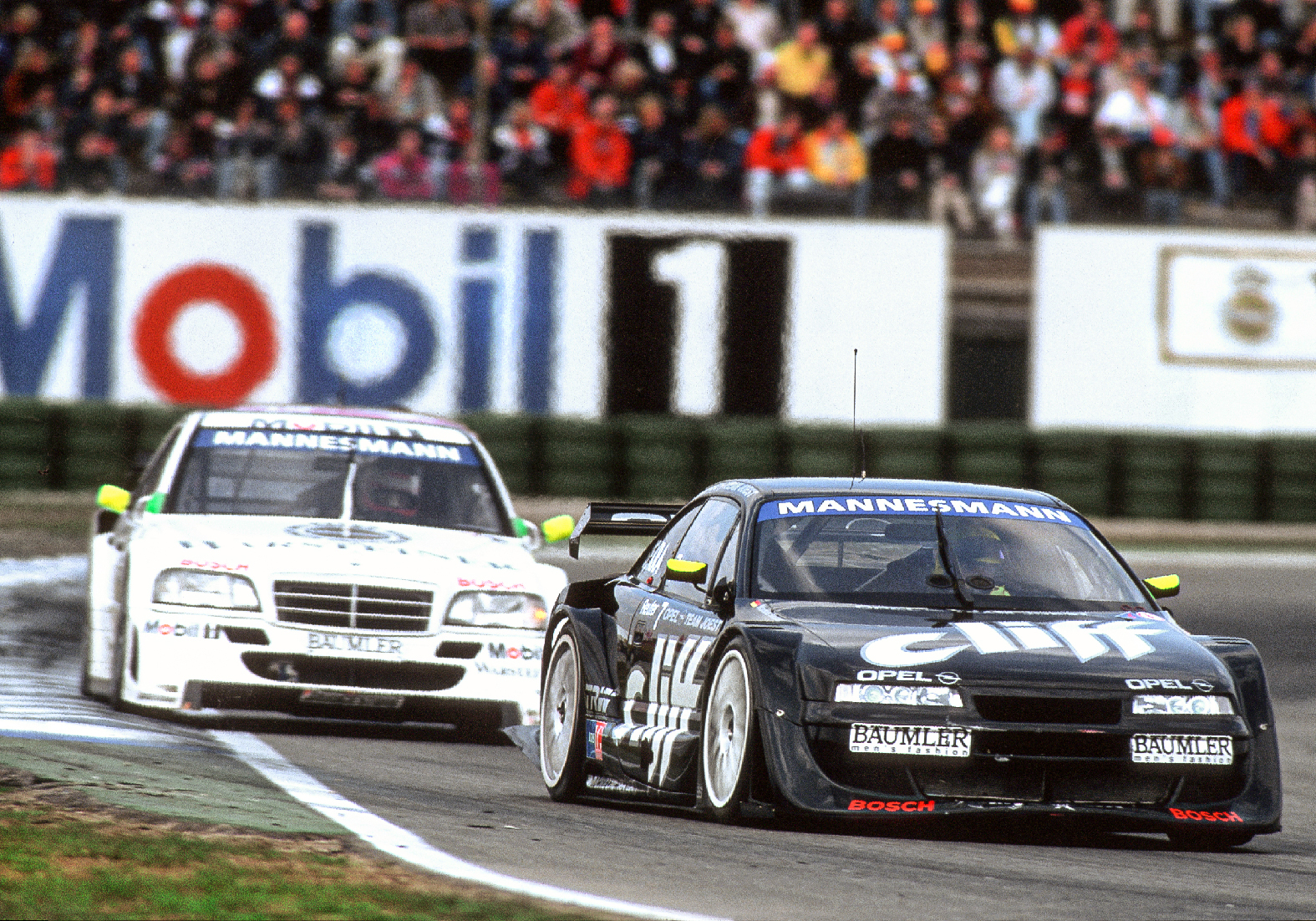
“In terms of technology, electronics and control elements, we were more advanced than Formula 1 at the time.”
And the Calibra V6 4×4 was history.
Not quite. In 1999, on the 100th birthday of Opel car manufacturing, I competed with it once again in the 24-hour race at the Nürburgring, on the Nordschleife, for four hours and 40 laps. In the process, I was around five seconds faster per lap than the favoured Zakspeed Viper. So the Calibra V6 4×4 still met the highest standards back then.
And how would this Calibra fare in the DTM today?
It might not be able to win against last year’s 600 hp Class 1 cars, but compared to this year’s GT3 cars, it would hold its own well. Probably very well, in fact. In a way, our Calibra was way ahead of its time back then. And it stands for a chapter of German motorsport history. A chapter that – in my opinion – would also be worthy of a feature film.
April 2021
